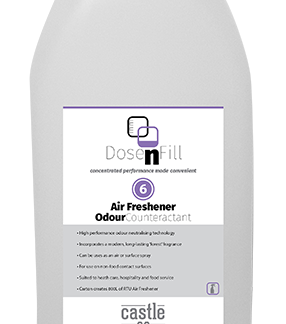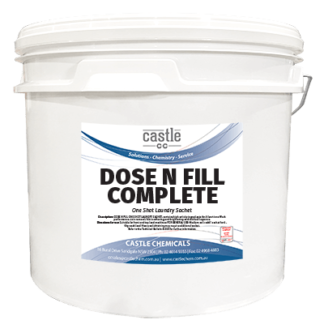FOOD & BEVERAGE PROCESSING
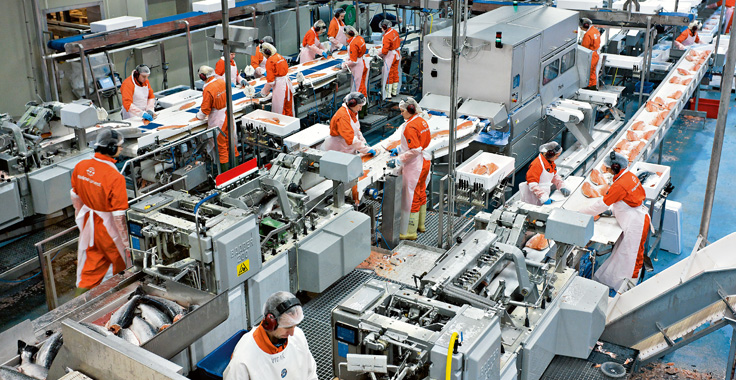
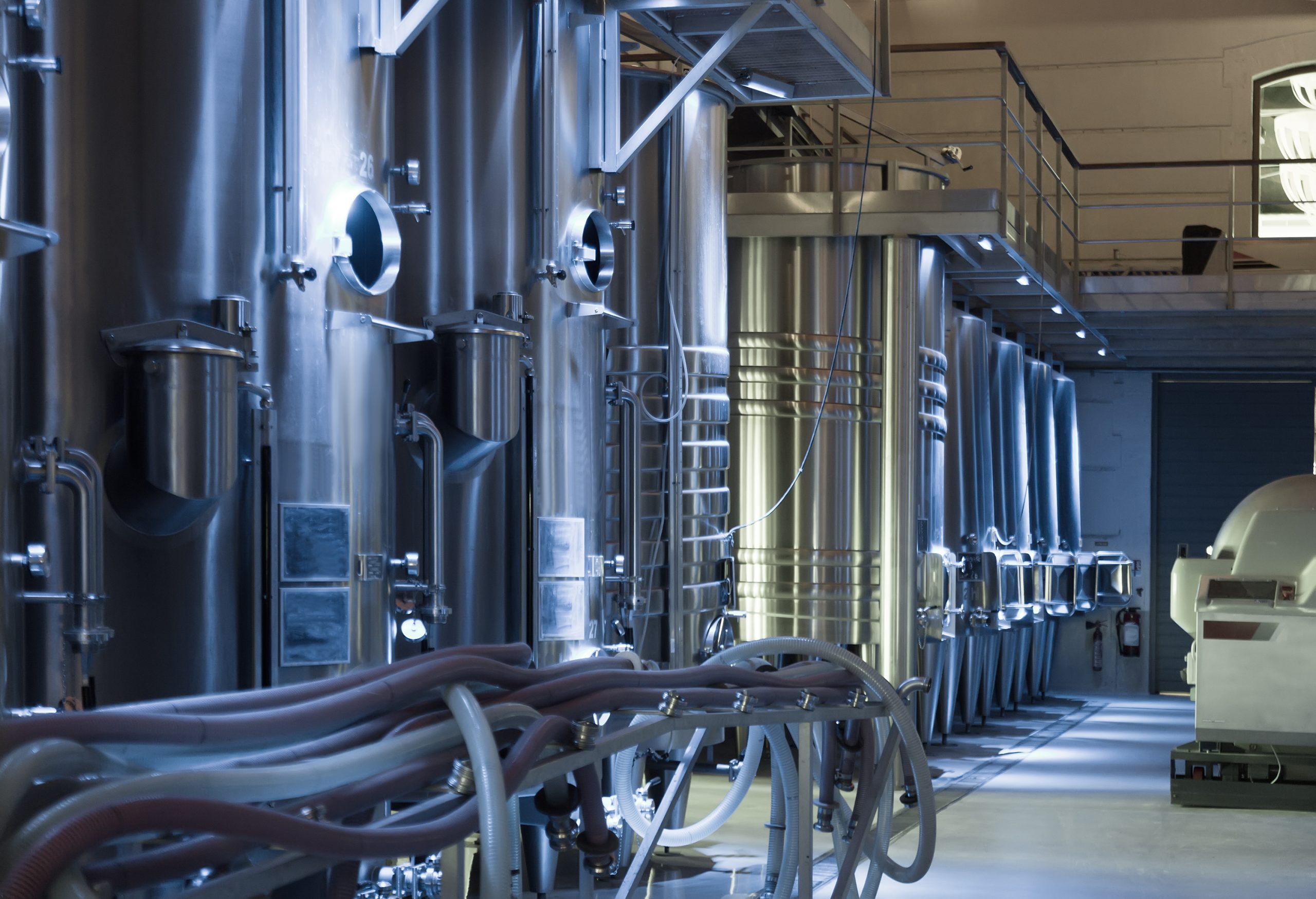
Why is it Important?
Hygiene in food and beverage processing ensures that food and beverage products are fit for human consumption. This means that food and beverages are free from levels of hazardous contaminants that could present an unacceptable risk to human health.
These include:
- Microorganisms, including bacteria, viruses, parasites and moulds
- Toxins or metabolites produced by microorganisms
- Chemical residues e.g. from cleaning and sanitising agents, agricultural chemicals and veterinary drugs
- Physical foreign matter
The vast majority of foodborne illness is caused by pathogenic microorganisms. The effects of foodborne illness can range from unpleasant to fatal. Hygiene in food and beverage production aims to prevent the introduction of contaminants, and the spread and multiplication of microorganisms during the production process.
Food hygiene also helps prevent food spoilage, thus protecting against wastage and negative economic consequences.
At Castle, our range covers all aspects of Food and Beverage Processing and comply with FSANZ-Food Standards Australia New Zealand.
Because of the vital importance of hygiene in food and beverage production, it is not good enough to leave the effectiveness of food safety measures to chance. Rather, it is necessary that a system of identifying and controlling potential food safety hazards in food production be established.
The Hazard Analysis Critical Control Points system (HACCP) is one widely adopted risk management methodology for the identification and control of food safety hazards. The core elements of HACCP are also embodied in the Australia New Zealand Food Standard 3.2.1 – Food Safety Programs, and include:
- Identification of potential hazards
- Identification of steps that are critical for hazard control
- Implementation of control procedures for these steps
- Systematic monitoring of control implementation and effectiveness
- Review of control procedures
- Record keeping
Some examples of hygienic practices in food and beverage production include:
Equipment
All production, storage and transport equipment is easy to clean and disinfect, without itself being damaged by the cleaning/disinfection procedure Schedules for maintenance and calibration are established.
Personal hygiene
All workers and visitors follow hygiene procedures e.g.
- handwashing
- disclosing medical conditions that could compromise food safety
- minimising contact with ready-to-eat food
- wearing appropriate protective clothing and equipment
- not eating, spitting, sneezing, blowing or coughing over foodstuffs or food contact surfaces
Pre-operational hygiene
Suppliers provide documentation to demonstrate the quality of all inputs.
Operational hygiene
Procedures are in place to maintain sanitary conditions during production e.g.
- cleaning & sanitising using effective products and correct application
- disinfecting after contact with raw foods especially meat and poultry
- preventing foreign contaminants including dust, fumes, glass or metal shards and chemicals
- ensuring water quality
- controlling temperature as appropriate for the type of food, its intended shelf life, its processing and packaging, and how the product is intended to be consumed
Documentation is produced to demonstrate sanitary conditions.
Pest management
Procedures are in place to control and monitor pests e.g.
- preventing access
- employing suitable chemical, physical or biological eradication agents.
Storage and distribution
Procedures are in place to ensure all foodstuffs are hygienically stored and shipped e.g.
- segregation of waste, non-foodstuffs such as cleaning chemicals, foodstuffs unfit for human consumption, and raw vs ready-to-eat foods
- controlling temperature during transport
- coding each batch
Systems enabling rapid recall of batches are in place.
Information is provided to the next in the food chain to enable hygienic handling, storage or processing of the product.
Source: Hygiene for Health – The WashWise is an initiative of Accord.
Wine Hygiene and Sanitation
After wines receive their final adjustments of sulphur dioxide, oxygen and carbon dioxide, they are typically filtered in-line on their way to a packaging or bottling line. As the wine is filtered to the desired level in this process, any surface the wine comes into contact with after the filtration process (including hoses, fittings, fixtures, the rinser and the filler, right up to the closure attachment or insertion where the wine bottle/package is sealed) must be cleaned and sanitised to prevent microbial or other contaminations.
The equipment from the filtration unit to the rinser and filler is typically connected as a closed system with cleaning, sanitation and sterilisation occurring together. Any maintenance or changing of this equipment set-up after sanitation requires re-sanitation of the affected area or in some cases re-sanitation of the whole line.
Typically, if only one bottling line exists, dry white wines are filtered and packaged first, followed by off-dry white wine styles, then dry red wines and finally sweeter red wine styles, before cleaning and sanitation is required to be repeated.
Read more about Wine Sanitisation Here.
Source: Hygiene for Health – The Australian Wine Research Institute
Beer Hygiene and Sanitation
Trust Castle with every facet of your brew.
Bacteria and Wild Yeast are not your friend. They can (and will) contaminate your brew, causing flavor-defection, ‘hazy’ beer, films, bad odours and
acids, all while competing with the production strain for vital nutrients.
Bacteria
- Competes with controlled yeast for vital nutrients
- Causes flavor defection
- Grows swiftly in wort and bee
- Wild Yeast (i.e. any yeast not deliberately used)
- Can affect numerous aspects of your brew
- Not killed by acid washing
- If your pitching/cropping yeast comes into contact with air, contamination can occur
Hygiene and sanitation are your best defence against contamination. Generally speaking, no bacterial strain can survive in a beer with normal
pH, carbonation, alcohol content or bitterness, yet spoilage still occurs. Eliminate this risk with Castle’s proven cleaning and sanitation procedure. Bacteria and Wild Yeast are not your friend. They can (and will) contaminate your brew, causing flavour-defection, ‘hazy’ beer, films, bad odours and acids, all while competing with the production strain for vital nutrients.
Meat Processing Hygiene and Sanitation
Raw meat can contain pathogens including E. coli, Salmonella, Campylobacter and Yersinia. These can cause illness and meat spoilage. Because most raw meats are cooked at a later stage, hygiene in meat and poultry production helps destroy microorganisms that could otherwise multiply during subsequent storage and preparation.
Ready-to-eat meat products can also contain pathogens, with Listeria species being found particularly in pork products. As these meats do not undergo further cooking or treatment, hygienic production is of the utmost importance.
An efficient cleaning system can reduce labour costs in meat and poultry plants by up to 50%. The optimal cleaning system depends on the type of soil and type of equipment present. High-pressure, low-volume cleaning equipment is normally the most effective for removing heavy organic soil, especially when deposits are located in areas that are difficult to reach and penetrate. However, foam, slurry, and gel cleaning have become more prominent because cleaning is quicker and cleaners are easier to apply using these media. Because of high equipment costs and cleaning limitation, CIP systems are typically limited primarily to applications that involve large storage containers.
These products are suitable for use in a variety of settings, including hospitals, schools, offices, and homes. Castle Chemicals’ disinfectants are rigorously tested to ensure they meet the highest quality and safety standards including TGA approval and are trusted by healthcare professionals and consumers alike for their effectiveness in preventing the spread of infection.I
DOWNLOAD BROCHURE
- Food + Beverage Processing - Product Range
- Your Partner in Food Safety
- Brewary Protection
- Brewary + Winery Hygiene/Sanitation
- Footbath Sanitiser - Bootbath
- Wine Tank Cleaner - Fermabrite
- Alkaline Chlorinated Foam Cleaning - Foamklor SMS
- Meat Processing Range
- Peroxide Quat Mulit Purpose Cleaner - Peroxi-Quat
- Bio Films in Drains
- Fats + Protein Removal - Proto O
Products
-

Dose N Fill Odour Go Rose
Read more -

Dose N Fill Complete
Read more -

Dose N fill DETER-Gent
Read more -

Dose N Fill Klor-Alka-Foam Degreaser
Read more -

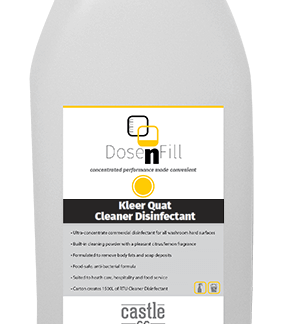
Dose N Fill KLEERQuat Cleaner Disinfectant
Read more -

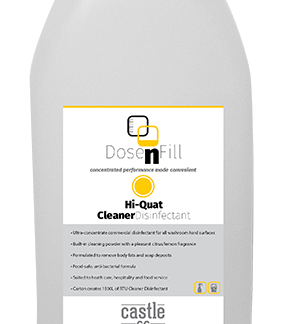
Dose N Fill Hi-Quat Cleaner Disinfectant
Read more -

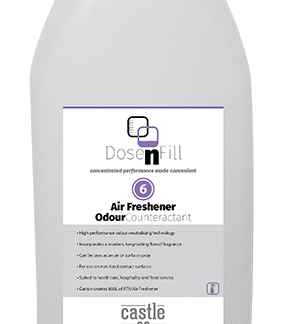
Dose N Fill Air Freshener – Odour Couteractant
Read more -

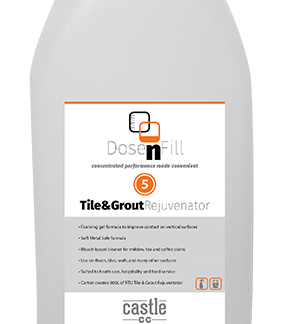
Dose N Fill Tile & Grout Rejuventator
Read more -

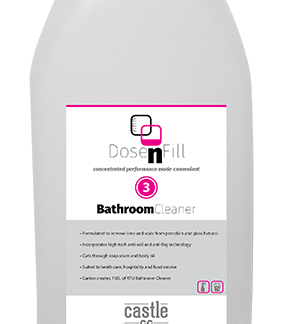
Does N Fill Bathroom Cleaner
Read more -

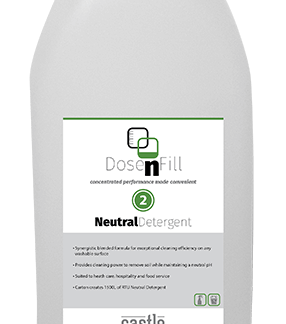
Dose N Fill Neutral Detergent
Read more -

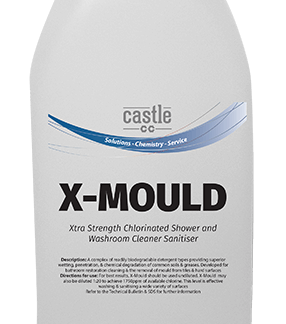
X-Mould
Read more -

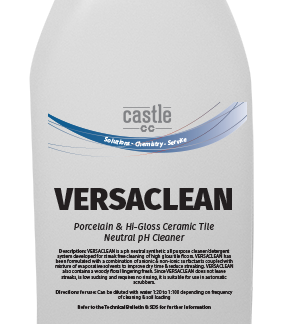
Versaclean
Read more -

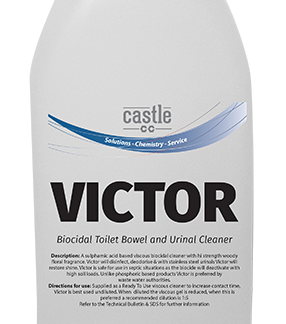
Victor
Read more -



Caustic Liquid
Read more -

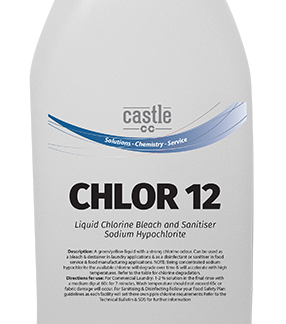
Chlor 12
Read more -

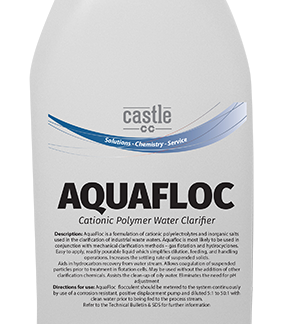
Aquafloc
Read more
SDS
Contact Us
range of products, want to place an order or just want to drop by and say hello;
our clients are important to us. So give our friendly staff a call and we will be
more than happy to assist you.
16 Rural Drive
Sandgate NSW 2304
ccsales@castlechem.com.au
(02) 4014 5555
For general enquiries – (02) 4960 1686
For orders – (02) 4968 4
Click here to connect with us
on LinkedIn.
